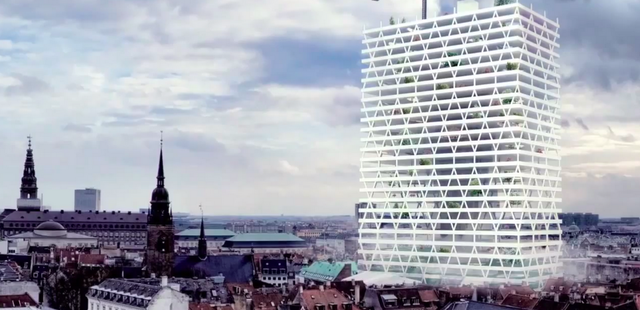THERE ARE FEW, IF ANY, BURIAL SITES LEFT
Many countries are in the same position as Norway, including the United States. Urban planning professor Chris Coutts told Atlantic Cities that if all the 76 million Americans expected to die between 2024 and 2042 were to be buried, it would require a 130-square-mile parcel of land, around the size of Las Vegas.

The skyscraper design might be new, but vertical burial sites are not. People have been creating them for ages, not only for space conservation, but because they simply get the job done. Necropoli have popped up all over European nations as they’ve invested in stacked burial plots. Even New Orleans has turned to vertical plots to avoid damage to caskets from floods and storms in low-lying cities. The tallest cemetery in the world, however, is in Brazil: the Memorial Necropole Ecumenica has been home to the city’s dead for 28 years, keeping thousands of bodies in its 32 stories.
All of those vertical cemeteries have something that the skyscraper design currently doesn’t have: a separation between life and death. Norwegians may have had a visceral reaction against the design because, as a society, we worry about the moral issue of death, preserving the dignity of the dead, and our discomfort of death being put on display. The grand and ostentatious qualities of a skyscraper aren’t what we’re used to associating with our dead. But we might have to in the future, as space continues to vanish.












